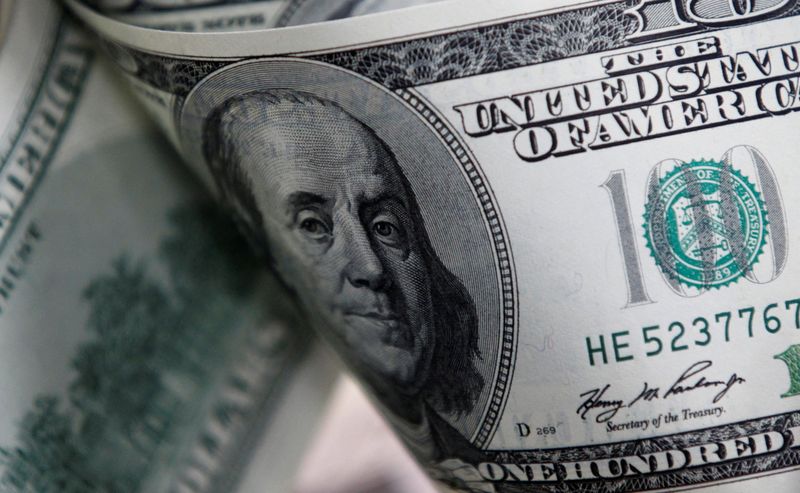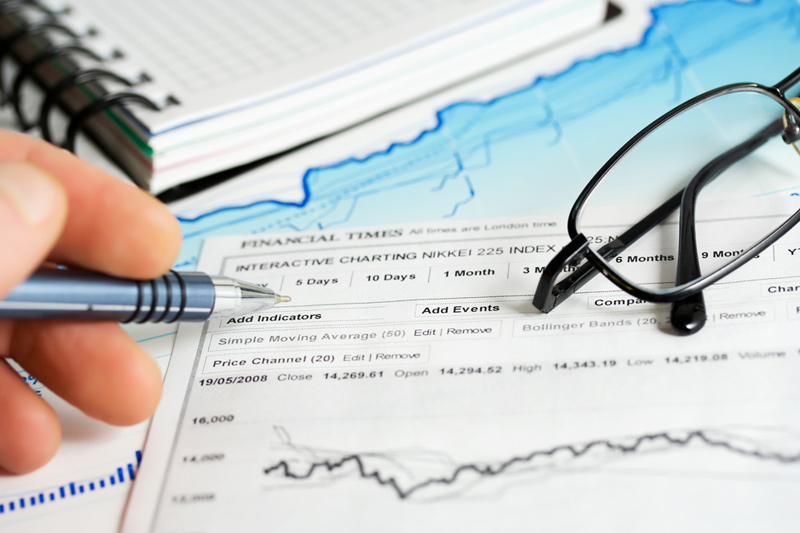By Saqib Iqbal Ahmed
NEW YORK (Reuters) – Donald Trump’s impending return to the White House is putting the U.S. dollar in the spotlight, which could have far-reaching implications for everything from domestic manufacturers to emerging markets if the currency’s rally continues.
The US currency posted its biggest single-day gain against its peers in eight years on Wednesday, a day after Trump was re-elected president and Republicans gained control of the Senate while making gains in the House of Representatives. The dollar has risen 3.8% this year and is at its highest level in four months.
How much further the dollar will rise could depend on whether investors believe Trump will implement the tax cuts and tariffs that are key elements of his economic platform. While these policies could boost growth, they risk raising inflation and keeping U.S. interest rates far above those of other countries. Higher interest rates increase the dollar’s appeal to investors.
At the same time, a strong dollar could hurt American businesses — one reason why the president-elect periodically railed against a rising dollar during his first term.
“A Trump administration is likely to mean more spending, a warmer economy and high demands on international trade – all things that mean strength for the dollar,” said Helen Given, associate director of trading at Monex USA.
PRICES ROUTE
Interest rate movements are critical to the dollar’s future prospects. The Federal Reserve began its latest monetary easing cycle with a 50 basis point rate cut in September and is expected to announce a 25 basis point cut on Thursday at the end of this week’s two-day monetary policy meeting.
Expectations of interest rate cuts helped weaken the dollar earlier this year.
But the prospects of higher inflation could make policymakers wary of overheating the economy by cutting rates too deeply. Traders on Wednesday cut their bets on how much the Fed would cut rates next year to about 42 basis points from 62 basis points last month, based on LSEG’s calculations.
“I would describe this as a tectonic shift in the currency markets,” said Paresh Upadhyaya, director of fixed income and currency strategy at Amundi US. Investors “now need to consider trade tariffs and the implications they will have for the U.S. inflation outlook, for global growth prospects and … how the Fed will respond.”
A so-called Red Sweep scenario in which Republicans control the White House and both houses of Congress could make it easier for Trump to pass tax cuts and give Republicans more room to push their economic agenda.
Although Republicans would gain a majority of at least 52 to 48 in the US Senate, ultimate control of the lower house was still unclear and the counting of votes was still underway.
Brad Bechtel, global head of FX at Jefferies, believes the dollar could rise another 5% in a Red Sweep scenario and rise further in the coming months as more of Trump’s agenda is implemented.
Trump will be inaugurated on January 20.
In 2016, the dollar rose about 6% against a basket of currencies in the first two months after Trump’s election victory, but gave up those gains in the following months. The dollar then rose about 13% between February 2018 and February 2020, as Trump imposed tariffs on several countries, including China and Mexico.
WRINKLE EFFECTS
A rising dollar could be a double-edged sword for the U.S. economy, reducing inflation while hurting the competitiveness of American products abroad. It could also put pressure on the profits of multinational US companies that need to convert their foreign profits into dollars.
A JPMorgan study shows that every 2% increase in the trade-weighted dollar hurts earnings growth by 1%, JPMorgan strategists said.
Should a rising dollar become a headwind for growth, Trump could urge the Fed to cut rates or push U.S. trading partners to boost their own currencies.
Trump could also tap the Exchange Stabilization Fund, which was created in the 1930s as a tool to stabilize the exchange rate and now has about $215 billion. Trump did not use the fund during his first term, and analysts are skeptical about how effective such a measure would be in reining in the dollar without global efforts or support from the Fed.
“Trump’s preference for a weaker dollar would have to be accommodated by and in coordination with the Federal Reserve, which we view as unlikely,” say analysts at Wells Fargo (NYSE:) wrote in a report on Wednesday.
Given the dollar’s role as a linchpin of the global financial system, the continued strength of the U.S. currency could ripple out to other assets.
A strong dollar could be particularly unwelcome for emerging countries, especially those that have borrowed heavily in the US currency, as a rising dollar would make it harder for them to repay their debts.
That could put pressure on central banks in those countries – as well as some developed countries such as Japan – to raise interest rates in an effort to defend their own currencies, Jefferies’ Bechtel said.
“You are going to join this new regime of currency war that has flared up from time to time in the past,” he said.
Some investors believe tariffs could ultimately hurt the U.S. economy because they could raise costs for businesses and consumers, disrupt supply chains and reduce trade volumes. All of that could reduce the prospects for a stronger dollar down the line.

A study of Deutsche Bank (ETR:) These tariffs, if implemented, would subtract about a quarter point from U.S. gross domestic product.
“The reality is that a full-fledged flight protectionist agenda will ultimately rebound on the U.S. economy and slow growth,” said Karl Schamotta, chief market strategist at payments firm Corpay.


